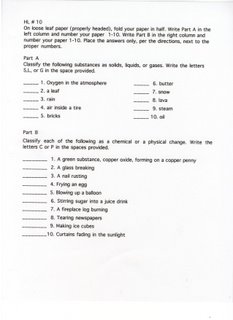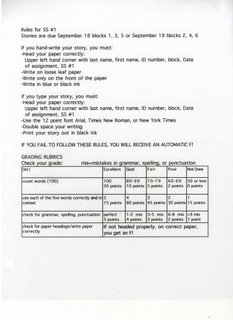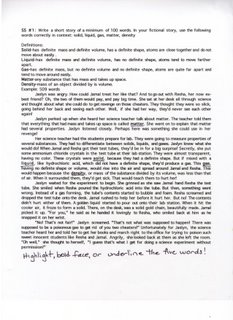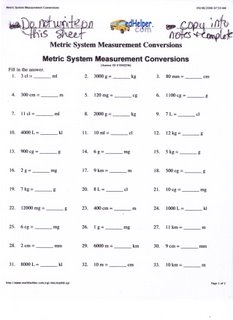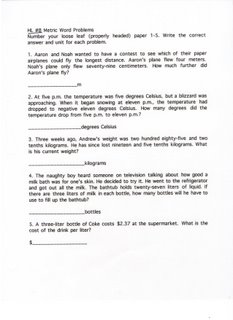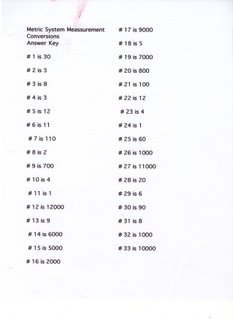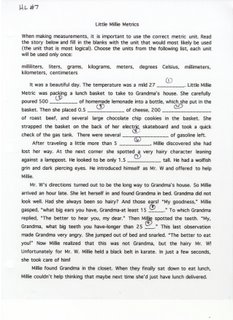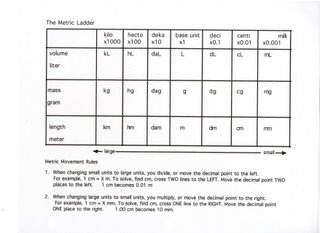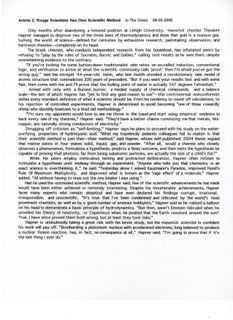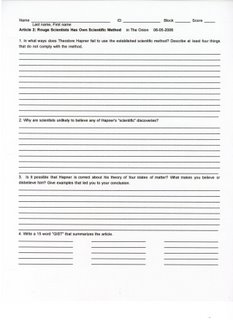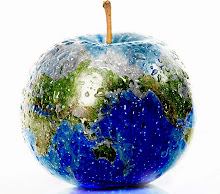Thursday, 28 September and Friday, 29 September, 2006
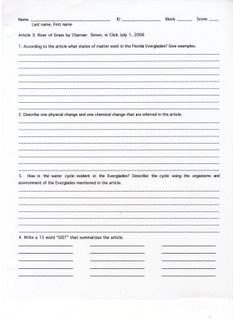
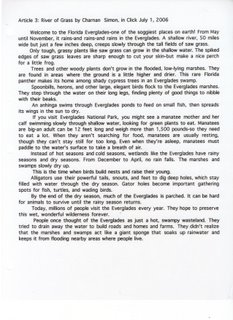
Using information from the novel The Missing 'Gator of Gumbo Limbo science articles, the internet/or laboratory activities:
Students should be able to:
-read a work of fiction to discover how the scientific process can be used to solve the mystery.
-analyze an article and classify objects as solids, liquids, or gases.
-differentiate between the properties of a solid and a liquid.
The do now was to copy home learning, MG #7, which is found at the bottom of this blog. Students were also asked to prepread the article to circle unfamiliar words and to number the paragraphs.
Once home learning was collected and reviewed, we read the article "River of Grass" found at the top of this blog.
Blocks 1, 3, 4, 5 and 6 read chapter 8 from the Missing 'Gator of Gumbo Limbo, and block 2 read chapter 1 of the book.
After finishing the article, we did lab 5, which was different from the lab originally planned. Here's what happened: Wednesday night, CDMS's maintenace crew was finishing up their work then they saw something fall with a loud crash into the auxillary parking lot. Rushing over, they discovered a basketball sized ball rock like object. Knowing that I collect rocks, the crew decided to bring it to my room, but the object was hot. They poured a pail of water over the object, allowed it to cool, and loaded it into a wheelbarrow to bring to my room. Unfortunately, the elevator malfunctioned and was lower than the outside flooring, so the wheelbarrow dumped over and the object fell with a crash to the elevator floor and disintegrated, leaving an oozing mess. The crew quickly scooped up the flowing mess with shovels and placed it back into the wheelbarrow. Then, they took a pail from my room and put the wheelbarrow's contents into the pail and left it in the fume hood for me. Communicating with me by email, they told me what happend and what to expect. On Thursday, I found th pail and its contents. I called a friend of mine that works at the Homestead Air Force Reserve Station and asked what to do with the bucket of otherwordly stuff. He suggested I observe its physical properties to determine if the substance was solid or liquid. And there you have your mission...determine if Substance G is solid or liquid!
Students absent for the lab should first go to the site: http://geocities.com/DrGCDMS and click on individual investigations link to print out the work sheets. They should then go to the site: http://drgcdms.podomatic.com and click on the link for the lab to do a substitute lab. It must be submitted by the next class period.!
NOTE: Block 5 will perform the lab on Tuesday, due to the shortened class because of the return to homeroom.
Home learning is MG #7:
1. What evidence does Liza K. list that helped her know Dajun was still in Gumbo Limbo hole?
2. Where do you think Dajus is hiding during the day? Why?
